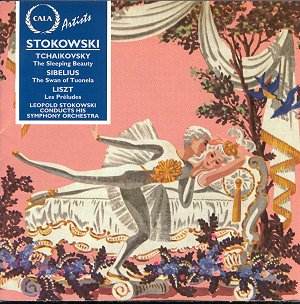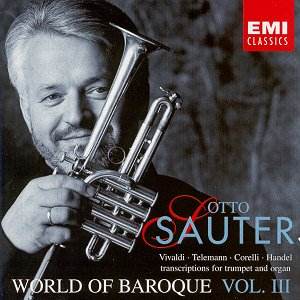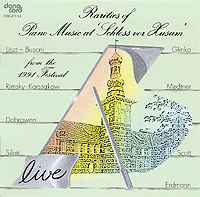 Composer: Leopold Stokowski
Composer: Leopold Stokowski
Works: Tchaikovsky: The Sleeping Beauty; Sibelius: The Swan of Tuonela; Liszt: Les Préludes (Symphonic Poem No. 3)
Performers: Leopold Stokowski and his Symphony Orchestra
Recording: December 1947
Label: RCA
Leopold Stokowski, the quintessential showman of the podium, was as much an innovator in orchestral sound as he was a conductor of vast repertoire. The recordings presented here, made in December 1947, capture Stokowski during a fascinating transitional phase after his tenure with the Philadelphia Orchestra, where he had cultivated a distinctive orchestral sound that became his hallmark. The three works featured—Tchaikovsky’s lush ballet music, Sibelius’s atmospheric tone poem, and Liszt’s dramatic symphonic poem—provide a rich tapestry through which one can examine Stokowski’s interpretive choices and the technical prowess of the assembled musicians.
The interpretation of Tchaikovsky’s The Sleeping Beauty is particularly noteworthy, with Stokowski’s penchant for lush string textures and vibrant orchestral color on full display. While the score has been truncated to fit the constraints of the medium, Stokowski’s ability to draw out the ballet’s inherent expressiveness remains intact. The strings display a sumptuous quality that enhances the dreamlike quality of Tchaikovsky’s music, while the woodwinds, notably led by the capable cor anglais of Mitchell Miller, add an ethereal dimension to the proceedings. The performance is notable for its fluidity, with Stokowski deftly navigating the ballet’s narrative arcs, though purists may lament the cuts which inevitably alter the work’s intended dramatic flow.
In Sibelius’s The Swan of Tuonela, Stokowski’s interpretation shines through the orchestration, showcasing not only the haunting beauty of the cor anglais but also the delicate interplay among the orchestral sections. The recording retains a vibrant clarity, allowing the listener to appreciate the nuanced interplay between the strings and the winds. However, while this rendition captures the essence of the work, it does not surpass Stokowski’s own earlier recordings, which exhibit a more profound sense of atmosphere and depth. This performance feels somewhat straightforward, lacking the ethereal transcendence achieved in his 1929 recording.
Liszt’s Les Préludes emerges as the most dynamic of the trio, with Stokowski’s inherent flair for drama elevating the piece into a kinetic exploration of thematic transformation. The orchestra responds with an electric energy that pulsates through the various sections. This reading is fiery and kinetic, aligning with the Romantic spirit of the work, yet it also underscores Stokowski’s ability to balance grandeur with moments of introspective beauty. The technical execution by the musicians is commendable, particularly the brass section, whose bold interventions are both thrilling and artistically coherent.
The sound quality of this RCA recording is a testament to the engineering standards of the time. The forward placement of the strings creates an engaging listening experience, and the refurbishment of the original recordings has allowed for a restoration of clarity that enhances the sonic palette. Nonetheless, while the sound is generally robust, it occasionally reveals its vintage origins, particularly in the brass, where a slight muddiness can detract from the brilliance of the ensemble.
Stokowski’s interpretations, while not without their occasional missteps, showcase his unique vision and ability to elicit profound emotional responses from his orchestra. The performances, particularly of Les Préludes, offer a vibrant glimpse into the conductor’s artistry, though they do not eclipse his more definitive interpretations captured in earlier decades. The collection serves as a valuable exploration of Stokowski’s legacy, inviting both ardent admirers and newcomers to appreciate the artistry of a conductor who remains one of the most colorful figures in the annals of classical music.



